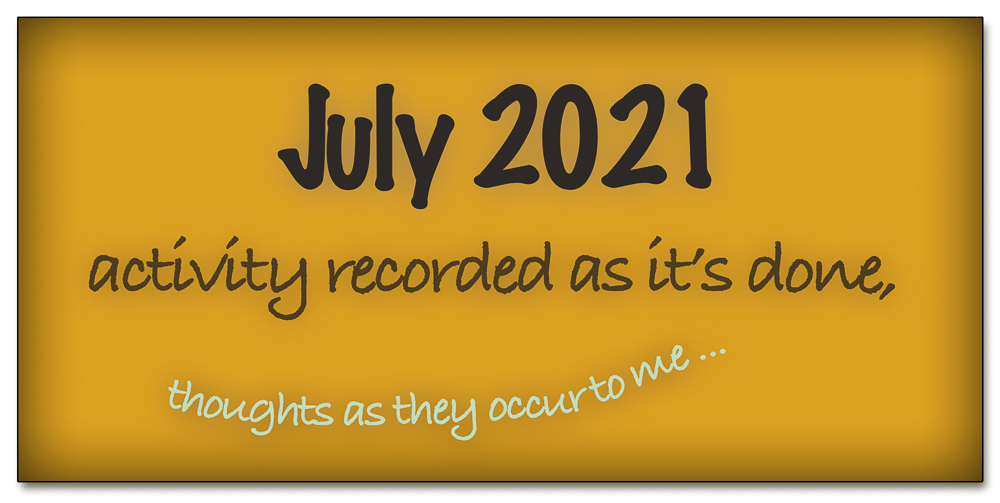
This journal records the detail of my actual time studying fine art photography through ten thousand hours deliberate practice.
Hours 5,391 to 5,492
31st July
Hours 5,491 to 5,492
(1h) Entering the FIAP salon: “Malmo International”.
(1h) creating the following experiment, processing a woodland image in Photoshop LAB colour, flattening the A channel and amplifying the B channel.
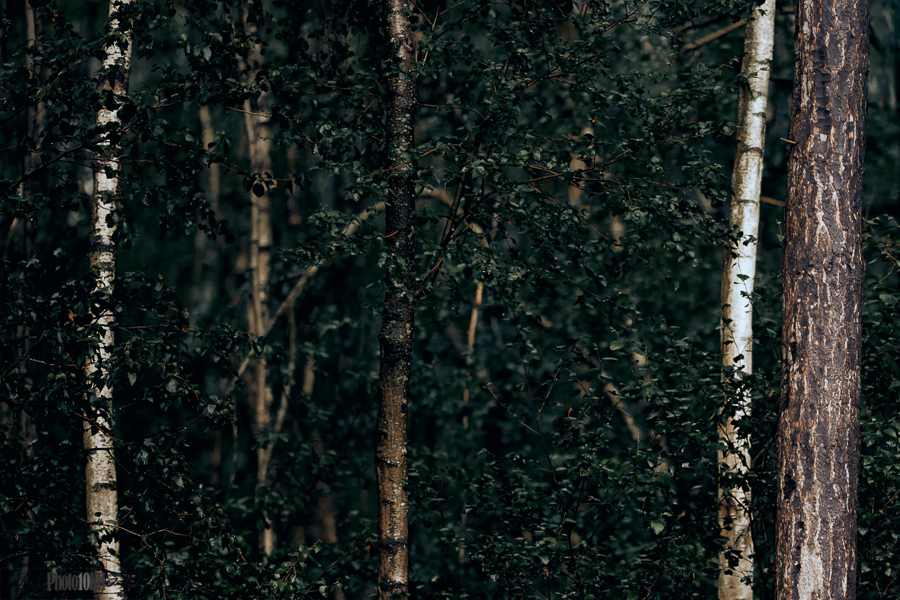 |
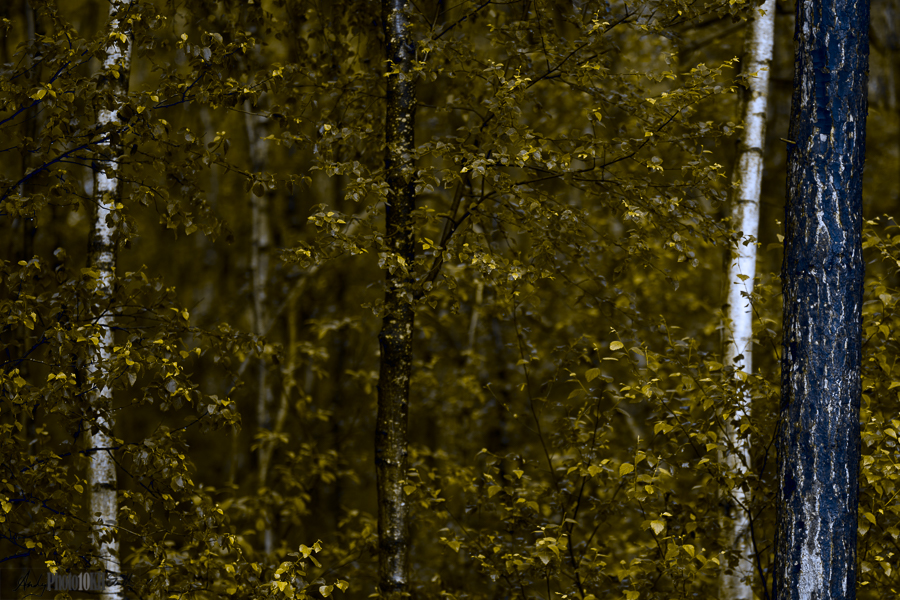 |
30th July
Hours 5,488 to 5,490
(1h) adding images to the “Roland Barthes – Camera Lucida” review post.
Pondering the concept of visual trope in various genres of photography:
- Street photography –
- showing legs only in a crowd scene
- Landscape –
- foreground/ mid ground/ background split
- Portraiture –
- mood lighting
(2h) FIAP Salon entry including 5 new images.
29th July
Hours 5,484 to 5,487
(4h) “Roland Barthes – Camera Lucida” review post.
28th July
Hours 5,480 to 5,483
(½h) updating this journal and associated Flickr site.
(1h) working on a new aesthetic for my Stoke Common images.
(2h) YouTube on Matisse & Klimpt:
- Understanding Modern Art: “Henri Matisse“
- Understanding Modern Art: “Gustav Klimt“
- Museum of Fine Arts, Boston: “Matisse: ‘For Me It’s Always New’“
When Monet painted 30 versions of the same scene of Rouen Cathedral (1892/93), he worked on site but reworked the painting in his studio throughout 1894. One of the aspects of this reworking was to introduce a blue that unified all the paintings, linking them as a series. It occurs to me that the same trick can be applied when producing a series of photographs.
(½h) writing up the above.
27th July
Hours 5,477 to 5,479
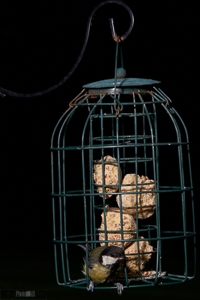
(1h) watching Sotheby’s YouTube: “Not Standard: Understanding Flags in Modern and Contemporary Art“
- Symbolism in flags as art
- Childe Hassam’s flag series, impressionist celebration of the USA “The Avenue in the Rain” has hung in the Oval Office for several administrations
- Jasper Johns, flag paintings mocked the USA.
(1h) reading RPS magazines and catalogues whist waiting for the above.
(1h) writing up this journal.
26th July
Hours 5,474 to 5,476
(1h) updating this journal with images from the last few days, and notes from yesterday.
(1h) updating the following image from 14th June 2020 – less noise and better balance than the original.
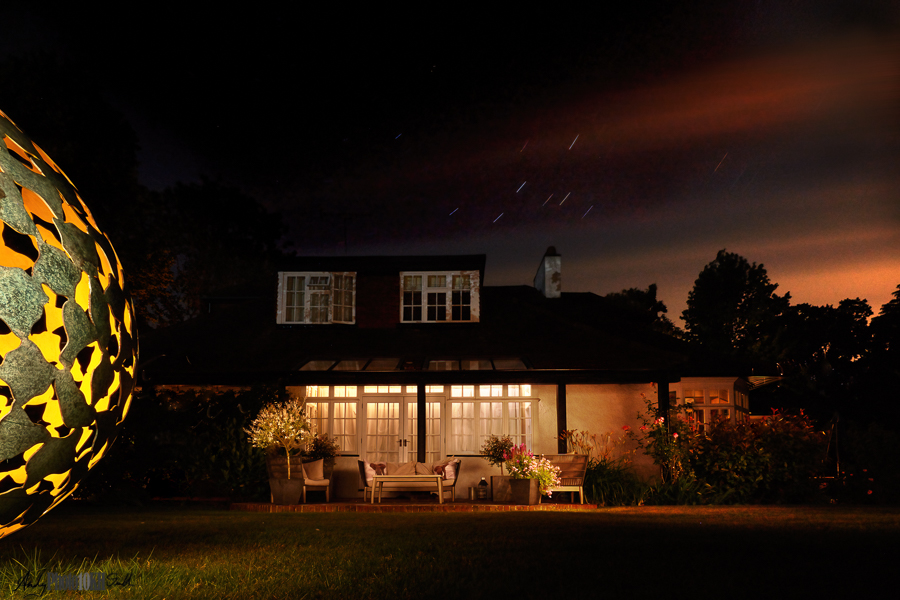
(½h) shooting, then …
(½h) processing the following from the above garden:
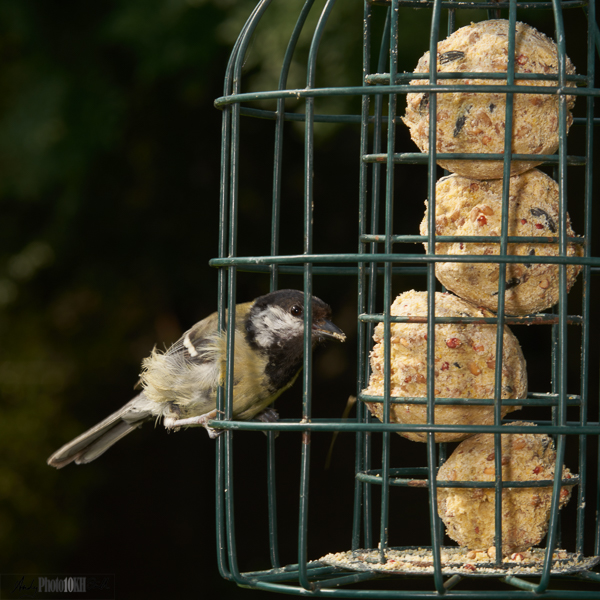
25th July
Hours 5,471 to 5,473
(½h) shooting some images of birds on our bird feeder – mainly as a test of the equipment. Opportunity for getting some good close-ups.
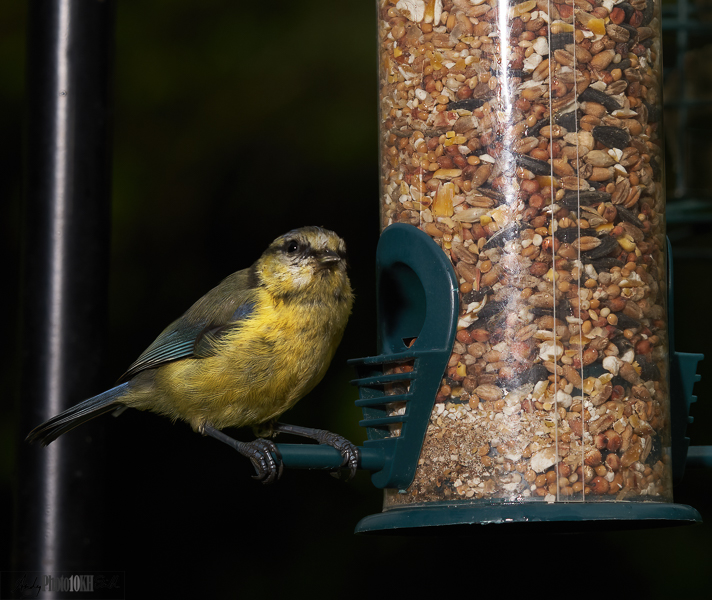
(½h) processing the above image.
(1½h) Tom Nicholas YouTubes for the “Roland Barthes – Camera Lucida” review post:
- “Roland Bathes and Cultural Texts Explained“
- the term “texts” refers to art of any medium, e.g., film, photography, sculpture and performance art, as well as traditional written literature
- prior to the 1960s, literary theorists used the term “work” to denote a worthy piece of literature with a mean defined by the author and the cultural context in which it was produced. Any interpretation of the work to be other than as intended by the author was simply wrong
- in his seminal essay “from work to text”, Barthes suggests that a “text” refers to the ideas being communicated and has nothing to do with the medium
- the production of the text is forgotten; it’s all about the interpretation. So any piece of literature (or art) can have an infinite number of meanings
- the meaning of a text can change over time as the cultural context of the art consumer changes.
- “Semiotics: Saussure, the Signifier and Signified“
- Pierce’s icon, index, symbol triad respectively denoting a signifier that: looks like the signified, is directly or casually linked, or a random series of marks that society has agreed to associate with it.
- “An Introduction to Foucault, Power and Knowledge“
- assertion that all knowledge confers power (economic or political)
- knowledge changes over time
- “The Death of the Author, Explained“
- Bridge from Structuralism to Post-Structuralism
- Would perhaps be better titled: “The Birth of the Reader”
(½h) Sean Tucker YouTube: “Humour and Story in Street Photography“
- Big tip: when an event is taking place, like the Red Arrows flying over, don’t try to photograph the event itself, but rather the reaction of the crowd observing it.
24th July
Hours 5,468 to 5,470
(½h) updating this journal.
(2h) Karl Taylor education webinar on shooting burger & chips:
- Mainly back lighting para – hard to emulate sunlight
- General front lighting provided by a small soft box
- Sparkle on the melted cheese, bacon, etc., from a couple of mirrors (reflecting the para) and a pico-lite directed at the centre of the burger
- composition:
- burger raised to emphasise its stars as the hero of the picture
- chips close, so that there is a connection between the elements
- base, rustic boards forming a table, angled to add dynamism. Feathered lighting on the background to show the angled, out-of-focus horizon.
(½h) further work on the Lime Tree Leaf images.
23rd July
Hours 5,466 to 5,467
(1h) trying to make something semi-abstract from the Lime Tree Leaf images.
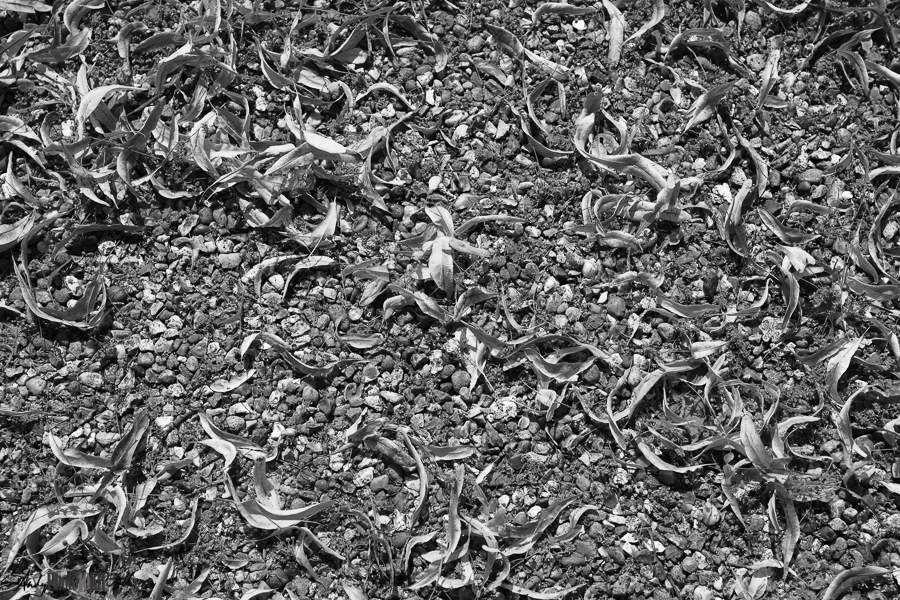
(1h) further investigation into structuralism and post-structuralism for the “Roland Barthes’ Camera Lucida” review post.
22nd July
Hours 5,462 to 5,465
(1h) updating the horse images re. yesterday’s comments from Yin – mainly just tidying up.
(1h) updating this journal
(1h) editing the Lime Tree Leaf images shot yesterday.
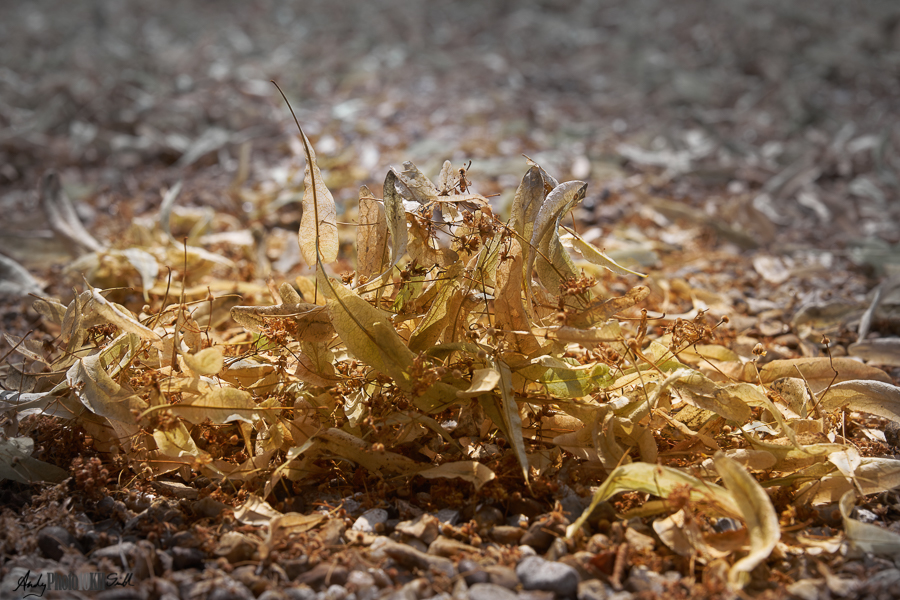
(1h) Capture One “Update” – mainly the new Magic Brush.
21st July
Hours 5,458 to 5,461
(½h) updating this journal and sorting the social media for yesterday’s Herschel Park images.
(1h) zoom with my friend and mentor, Yin Wong:
- he preferred my almost-mono horse images entirely B&W
- course texture, achieved through greater contrast and sharpening (not sure personally – as yet)
- snake and dead lilies also needed more of the above treatment in his opinion
- the table that the vase and snake are on needs cleaning up as the dust is distracting
- he also suggested that I shoot the manes of the horses contrasted agains a wispy sky of a similar texture.
(½h) shooting some semi-abstract of the lime tree leaves that are littering our drive at the moment. I have been thinking about doing this for the last couple of days.
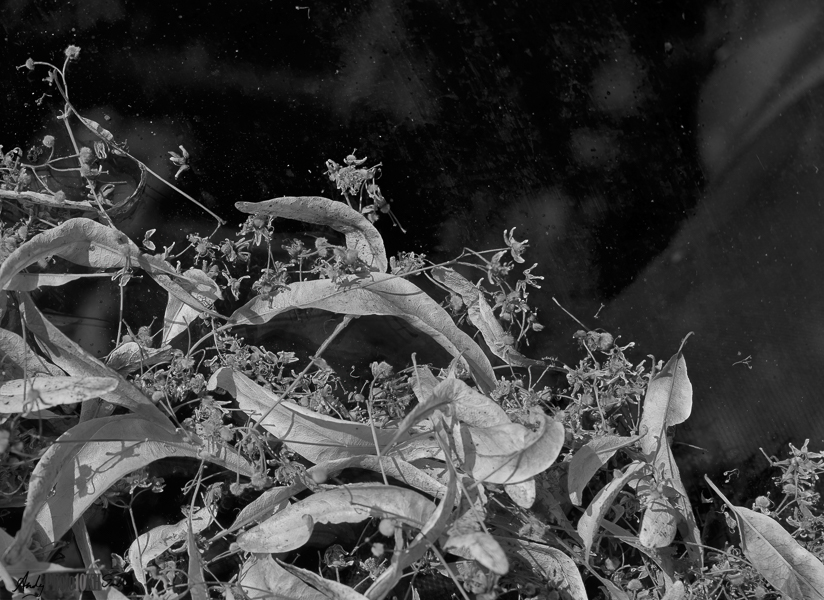
(1½h) YouTube on the Phenomenology of photography:
- “Husserl: Phenomenology and the Life World“
- ‘It is easier to say what Husserl didn’t believe in rather than what he did.’ He didn’t believe in the objective world
- “Maurice Merleau-Ponty – Phenomenology of Perception“
(½h) updating the Snake and Dead Lilies photo below in the light of Yin’s comments earlier today.
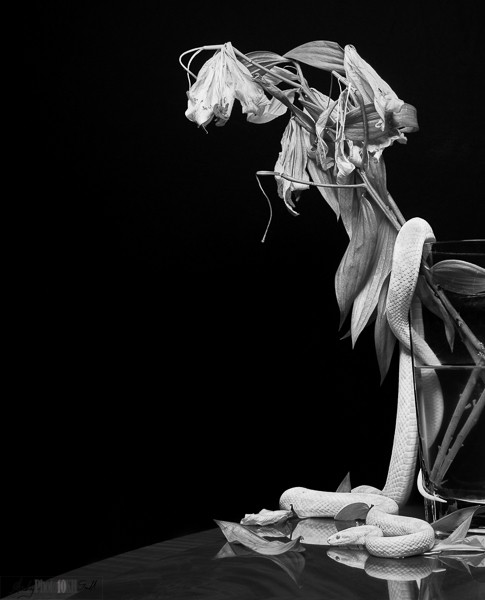
20th July
Hours 5,455 to 5,457
(1½h) working on the “Roland Barthes’ Camera Lucida” review post. In particular, I came across the concept of Phenomenology (intro. WTF video: “Time and Phenomenology explained” by my current favourite YouTuber Tom Nicholas). Thoughts so far:
- Phenomenology relates to how we experience the world as opposed to the Cartesian approach, which is the study of how it actually is
- example: time seems to fly when you’re having fun, or drag when you’re not
- Nicholas explains how the film Dunkirk presents three story lines which occur over a week, a day and an hour, as they are experienced over a similar period of time
- more generally Phenomenology connects Western with Eastern philosophy (an medicine) which is generally more spiritual and less Cartesian
- the Phenomenology of photography is then how we experience a photograph; what it means to us as a viewer.
(½h) shooting at Herschel Park with the Stoke Poges Photographic Club,
(1h) processing the above images.
19th July
Hours 5,453 to 5,454
(½h) updating this journal.
(1½h) working on the “Roland Barthes’ Camera Lucida” review post.
18th July
Hours 5,446 to 5,452
(1h) culling and processing the doggie-eye photos shot a couple of days ago – whittled it down to a couple worth working on and exported to Lightroom.
(2h) creating the following:

(1h) reading the Tim Flach book, Equus, which coincidentally ends with the quote from from Camera Lucida: “Ultimately a photograph looks like anyone except the person it represents.”
(1h) National Galleries YouTube interview: “Jenny Saville” who describes the various phases of her life in which she created different work and the influences that lead to them:
- “Propped”, her most famous work
- created early in her career
- influenced by Titian, Michelangelo, Francis Bacon, Lucien Freud, Picasso (of course) and many feminist writers – she was angry at women’s place in the art world
- the mirror-writing scrawled across the painting is a quote from the Belgium feminist writer, Luce Irigary, reads “If we continue to speak in this sameness – speak as men have spoken for centuries, we will fail each other”
- the painting was to be installed opposite a large mirror so that you can at once read the text and see yourself in the picture
- Willem de Kooning – during her time in New York working with plastic surgeons, etc., inspired her to create an Expressionist base to her Realist paintings and combine the techniques
- Cy Twombly, with whom she became friends after her move to Italy.
(1h) updating this journal and the “Roland Barthes’ Camera Lucida” review post.
(½h) YouTube: “Gerhard Richter – Panorama at Tate Modern”
- moves between realism and abstraction, and like Jenny Saville, often combining both styles in a series of painting
- idea for a seascape – 2 Sugimoto style seascapes combined with a, lighter, half image inverted to look like the sky over the other image.
(½h) setting up and trying to use my StarTracker.
17th July
Hours 5,443 to 5,445
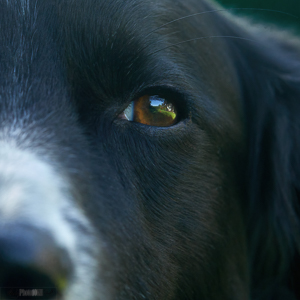
(2h) drafting a “Roland Barthes’ Camera Lucida” review post.
(1h) processing some of the doggie eye photos shot yesterday.
16th July
Hours 5,440 to 5,442
(1h) finishing the Almost Monochrome Gypsy Horse images and sending to Yin Wong along with the revised Snake images from yesterday for comment.
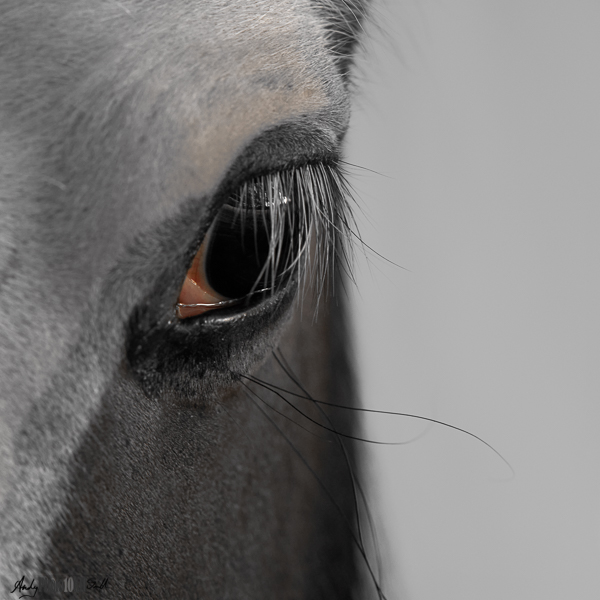
(1h) writing up this journal – mainly further research prompted by yesterday’s Sotheby’s preview.
(1h) shooting some close up doggie-eye photos, or at least trying to
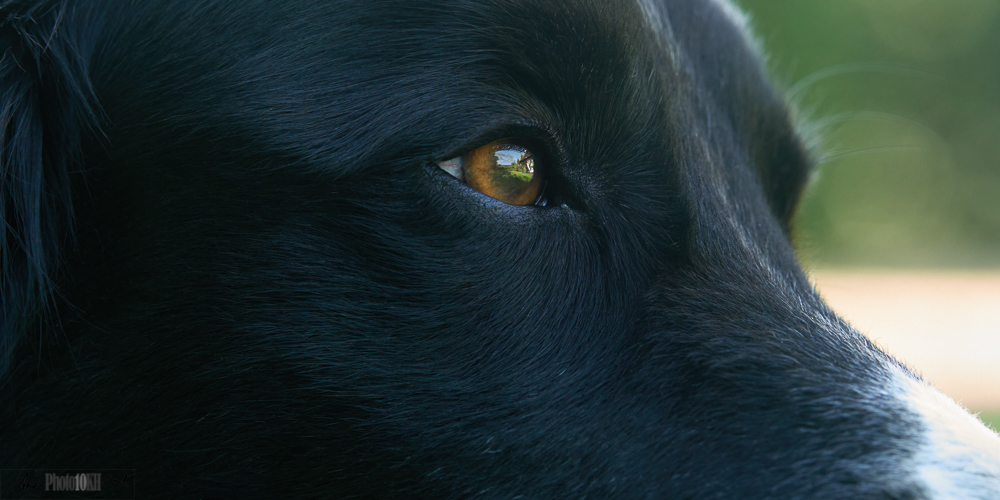
15th July
Hours 5,436 to 5,439
(1h) creating the following version of the Snake and Dead Lilies, based on the ideas of Yin Wong from yesterday’s conversation:
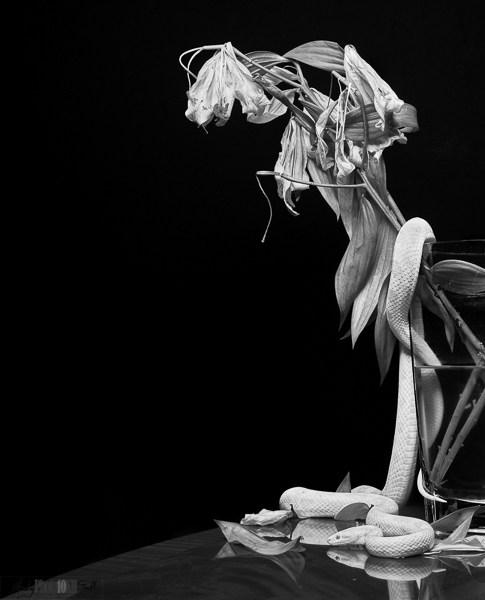
More “arty” version of the colour original.
(2h) working on the latest Gypsy Horses in almost monochrome.

(1h) Sotheby’s YouTube: “Rembrandt to Richter” – new discoveries:
| Gerhard Richter (b. 1932) abstract, photo-realism, conceptual & “Capitalist Realism” [I previously thought that the room with the Richter, inspired by John Cage, paintings at the Tate Modern was the worst in the building. And that’s up against some competition.] | ….. |  |
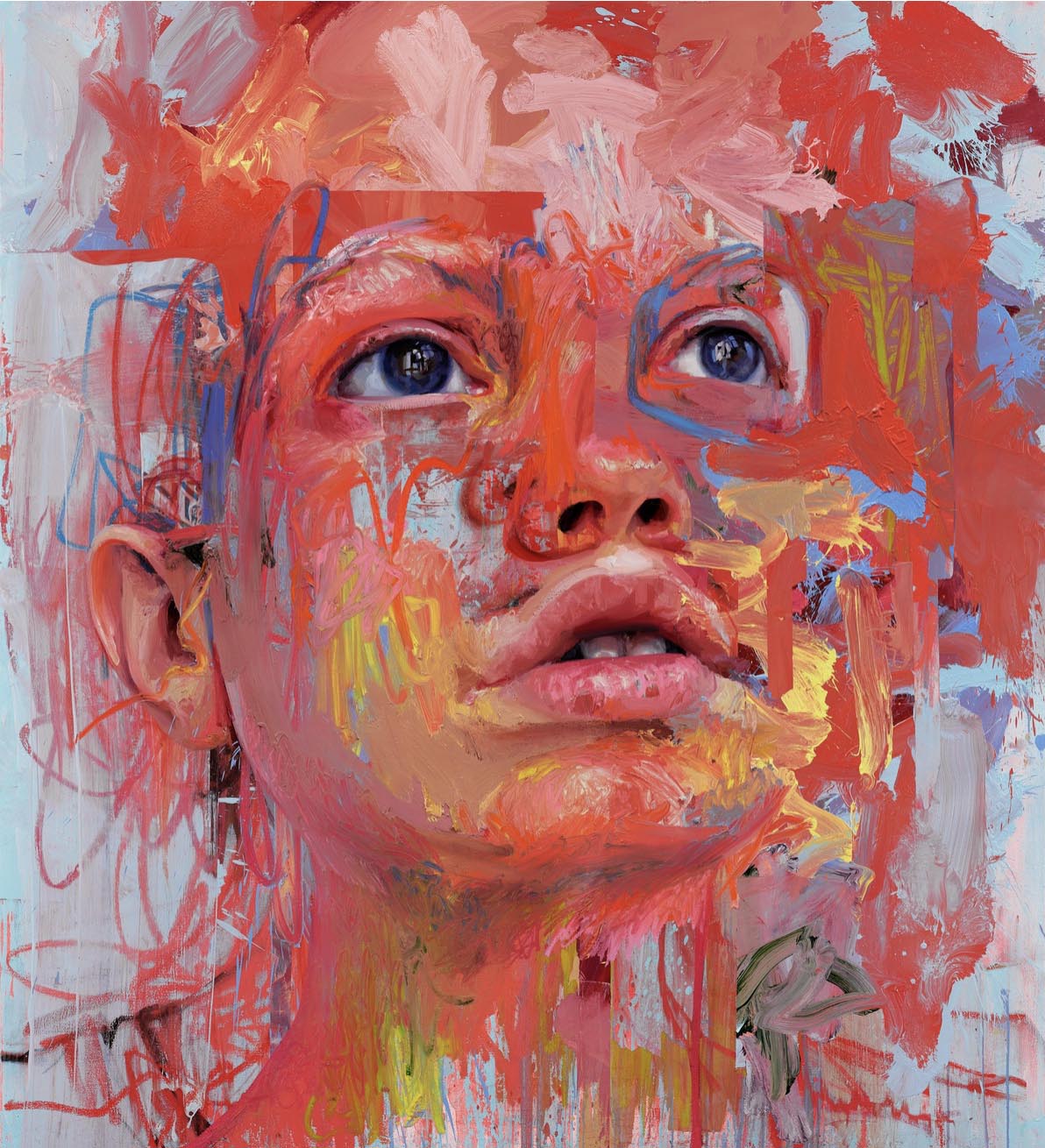 | Jenny Saville (b. 1970) associated with the Young British Artists but a graduate of Glasgow School of Arts rather than either Goldsmiths or the the Royal College of Art mainly large nude women – style similar to that of Lucian Freud, and heads like that left. combination of abstract expressionism and realism, almost hyperrealism. astonishing 3-dimensionality thieved by the use of blue background and highlights “Propped” sold for £9.5m – most expensive work by a living female artist. |
14th July
Hours 5,433 to 5,435
(½h) up dating the following image, with a spot of dodging and burning; mainly softening some of the highlights.
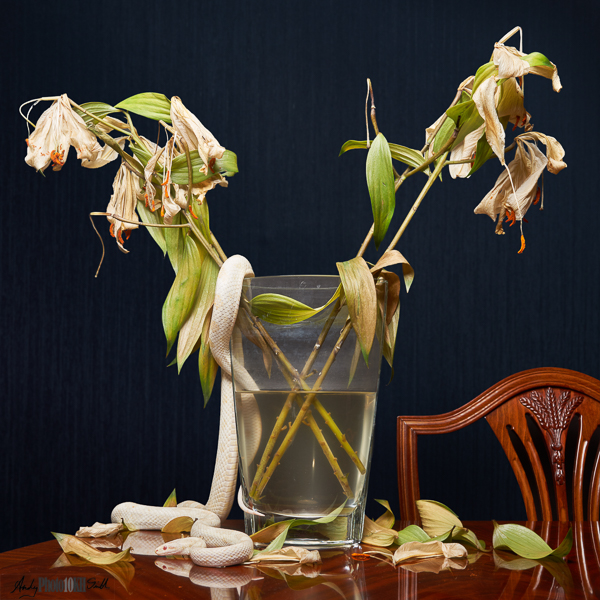
(1h) speaking with my friend and mentor Yin Wong.
(½h) shooting some more close-ups of the illegally grazing gypsy ponies, plus an attempt at doing the same with the full sized horses in the field opposite.
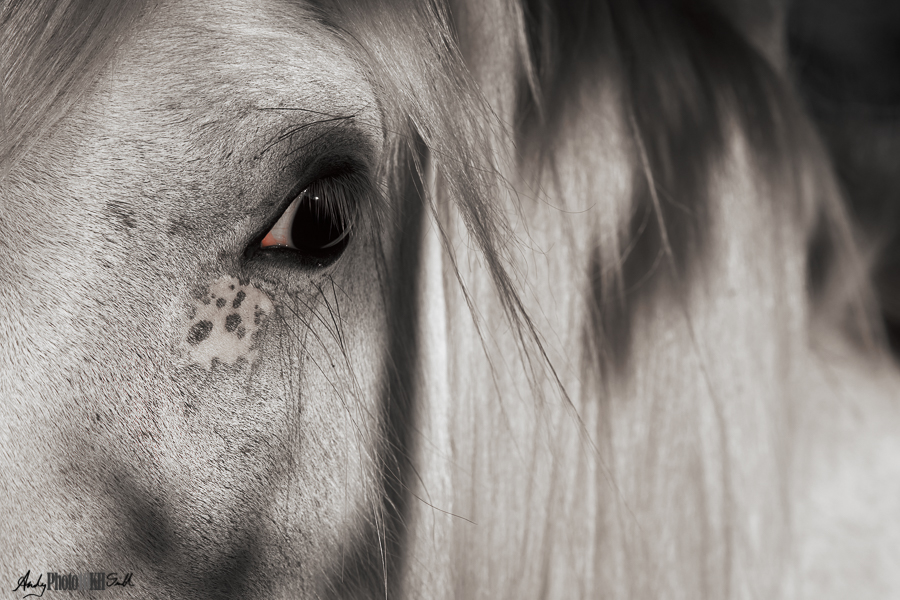
(1h) initially culling and processing the above images.
13th July
Hours 5,427 to 5,432
(½h) watching and really studying the PIXimperfect: “Make the Object Selection Tool Way More Precise!” Photoshop’s AI selection is OK but still has some way to go.
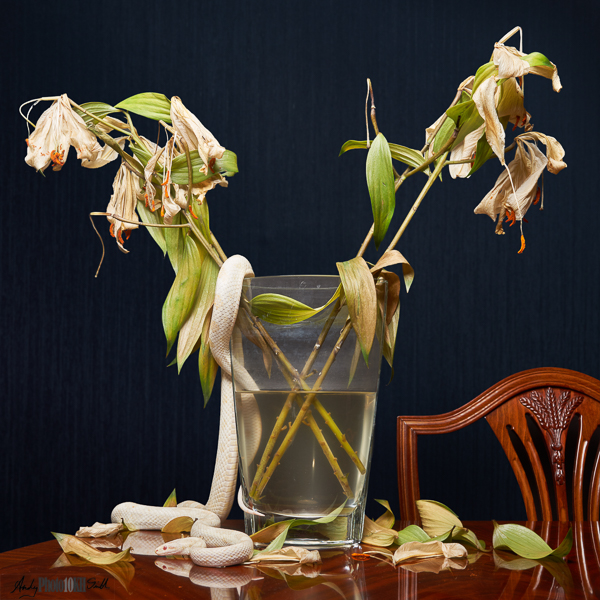
(2½h) laboriously creating the above which is a composite of 3 images and required a lot of manual intervention to select the dead flowers despite Photoshops AI Object Selection capabilities.
(2h) YouTube:
- DavidsonArtOnline: “Structuralism: A Helpful Overview“
- Tom Nicholas: “Structuralism and Semiotics: WTF? Saussure, Lévi-Strauss and Barthes“
- Tom Nicholas: “Derrida, Deconstruction and Poststructuralist Theory Explained“
- Postcolonialism: “What is Deconstruction? Jacques Derrida“
- School of Life: “Jacques Derrida“.
(1h) writing up, thoughts on Jacques Derrida and deconstruction:
- love the idea that a concept must be examined in the context of its opposite. This appeals to my desire to champion, at least for a short while, either side of an argument
- before Structuralism, the Platonic view held that knowledge descended, in a top down manner, from God. Ideas were as real as material objects such as sheep and trees, and words had a one-to-one correspondence with them
- the Structuralists (c. 1950s) held that the hierarchy of knowledge worked from the bottom up from material objects, to ideas and concepts. Words only acquired meaning through their relationship with, and differentiation from, other words. Literary works (and other art) derived its meaning from other works and their place in the Art World of their time. Institutional model of art (see my notes from 21st March 2019)
- Post-structuralism holds that the text, or art work, lives in isolation from it author or any metanarratives and that its meaning is more attributable to the consumer of the work than it is to its creator
- Deconstruction is a process of examining a work in isolation. “Looking at the weave”, as Derrida puts it, “without embellishment, to find the nub.”
- “aporia” is a difficulty or internal contradiction that often defines a concept
12th July
Hours 5,421 to 5,426
(1h) producing the following version of the Snake and Still Life image, primarily with a coloured background.
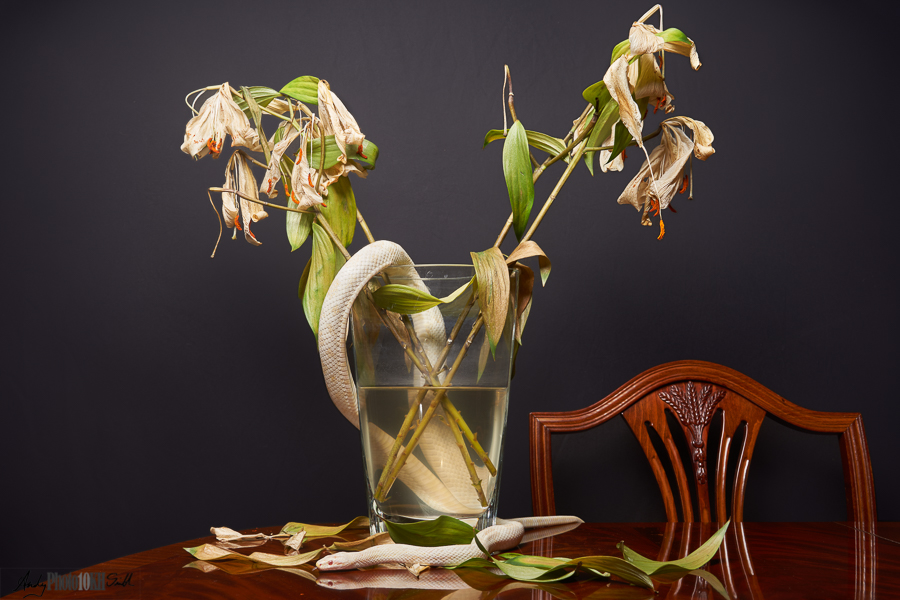
(2h) Karl Taylor Workshop – “Technical Tools Tilt-Shift Product Shoot” shooting shiny tools, spanners, etc., in a lay flat format:
- main lighting – gradient from behind created with a large scrim, lit by a bare bulb flash and a large soft box to fill-in the edges – gives shape to the tools
- some global light – p70 pointed at the ceiling gives a bit more punch
- as does a reflector at the side – which also helps guide the eye around the image
- sparkle added by two point light sources, one on either side of the set, high up and far away, perhaps with coloured gel
- camera angle c. 45° up from the vertical
- back to front focus achieved with the tilt-shift lens; could be done with focus-stacking, but more complicated if it is necessary to blend in additional highlights, achieved by putting strips of white paper next to the tools that require spot lighting.
(1h) YouTube:
- Capture One: “Using Curves“
- give more flexibility than the contrast slider
- use for fine adjustment after the levels tool which can get the tonality roughly right
- the colour balance tool is generally an easier and more intuitive way of colour grading than using the channels on the curve tool (despite what PIXimpefect think)
- Tom Nicholas: “Psychoanalysis: Sigmund Freud and the Oedipus Complex“
(½h) shooting wallpaper as a background for the snake image, below.
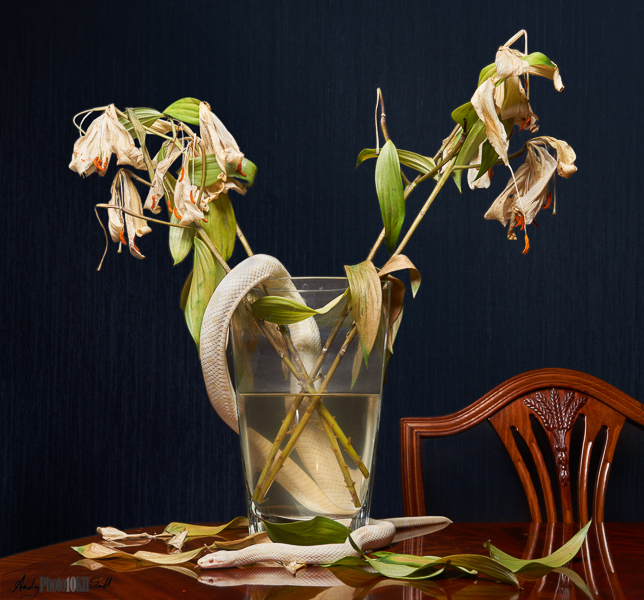
(1½h) processing the above, which was a good deal more tricky than I first thought it should be.
11th July
Hours 5,419 to 5,420
(1h) shooting the following.
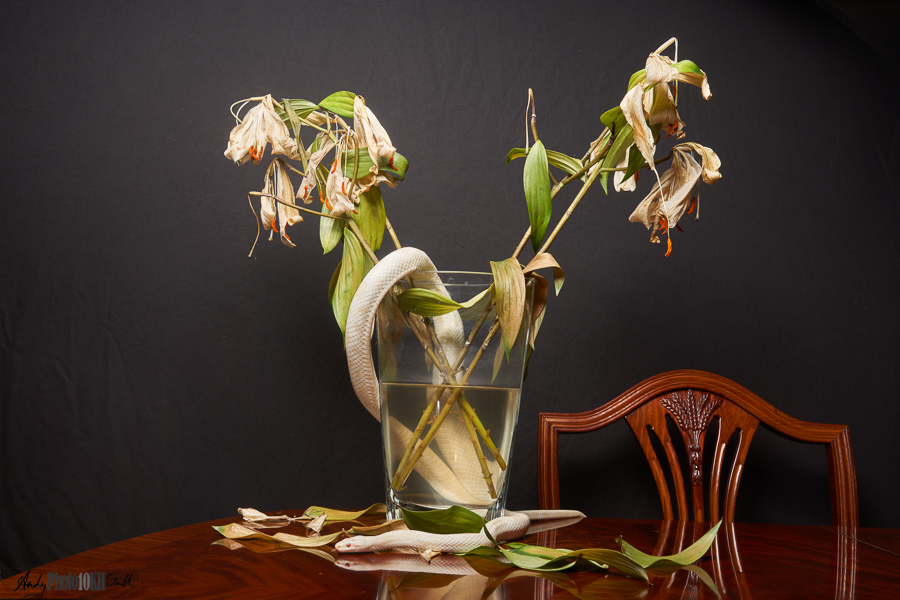
(1h) processing the above image.
10th July
Hours 5,415 to 5,418
(1h) YouTube, Life of an Artist:
- “Marc Chagall” (1887-1985) born Russia, worked in Germany, France & USA – painter of love – resisted all/ most of the fashionable tends such as cubism and surrealism
- “Hilma af Klint” (1862-1944) – spiritual abstract painter, drawn to theosophy like Wassily Kandinsky, Kazimir Malevich and Piet Mondrian
- “Toulouse Lautrec” (1864-1901) – 19th century graphic artist.
(1h) YouTube: “Writing the Future: Basquiat and the hip hop generation at the Museum of Fine Arts, Boston“.
(2h) Setting up a vanitas style still-life with some dead lilies – took much longer than expected.
9th July
Hour 5,414
(1h) awesome video on matching tone and colouring in composites from PIXimperfect: “Master Shadows & Lighting in Compositing with Photoshop!“
- all the usual: grounding shadows, next layer also darkening the subject near floor, full shadow with increasing edge blur
- use of curves adjustment layer as the main tool, giving direct control over the RGB channels
- temporarily convert to mono to match tonality
- match level of sharpness where subject meets ground.
8th July
Hours 5,411 to 5,413
(½h) updating this journal
(½h) practicing using the Photoshop pen tool.
(2h) Amersham Mono group.
7th July
Hours 5,408 to 5,410
(½h) updating this journal
(½h) moving the selected gypsy horse images from Capture One to Lightroom, then to social media and exporting for this journal etc.
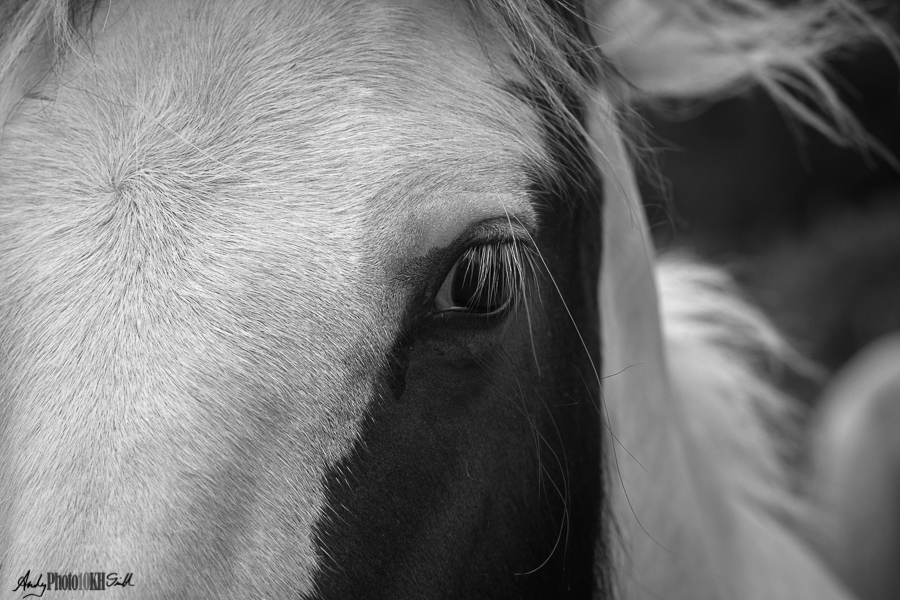
(½h) reprocessing the B&W Tarantula image for tomorrow’s Amersham Mono meeting: sharpening, removing sensor spots, and retoning to brighten across the full range.
| Before | ….. | After |
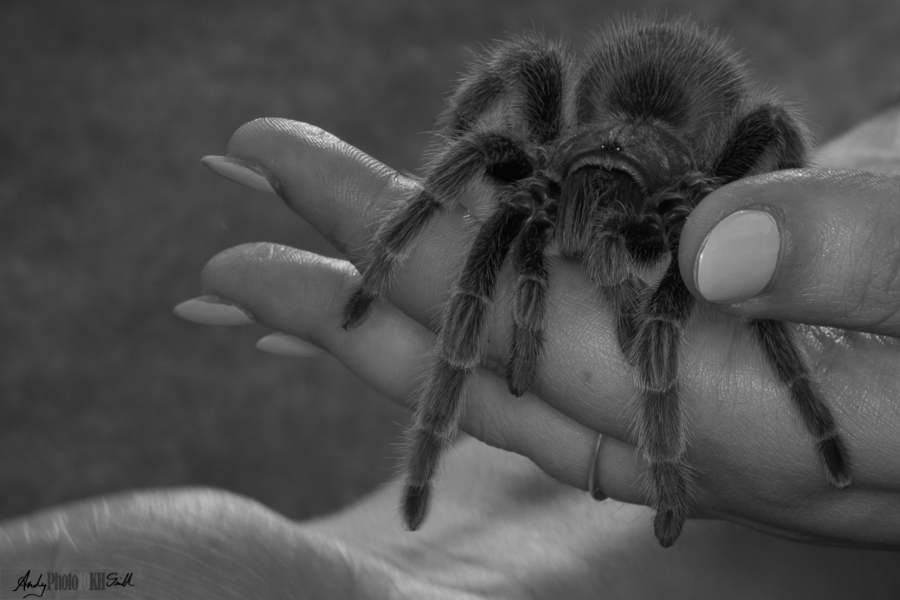 | 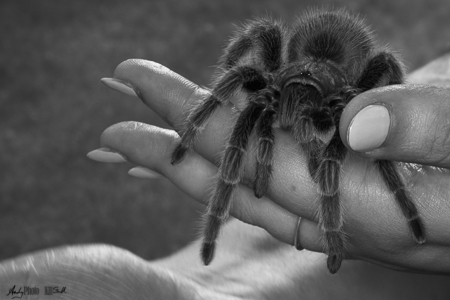 |
(1h) Capture One Live Stream: “Three Stage Sharpening“
- Capture Sharpening:
- “Diffraction Correction” under lens correction – really only useful for small apertures of f/16 or smaller
- Creative Sharpening:
- C1 set a default sharpening for each lens
- More than this probably better done in Topaz AI sharpen
- On a separate layer
- Output Sharpening:
- C1 has very good facilities for print sharpening, factoring both the size of the print and the distance from which it is expected to be viewed.
(½h) working on a gypsy horse close up which appears to have haloing around some of the hairs which have not actually been sharpened at all, as far as I can see. A mystery.
*** all the gypsy horses were under-exposed by at least 1 stop, i.e., the histogram shows the entire image in the bottom half of the register. This seem to be an issue with my memory setting “1” which is set to expose for the highlights.
6th July
Hours 5,404 to 5,407
(1h) further culling and processing yesterday’s gypsy horses; converting many to B&W.
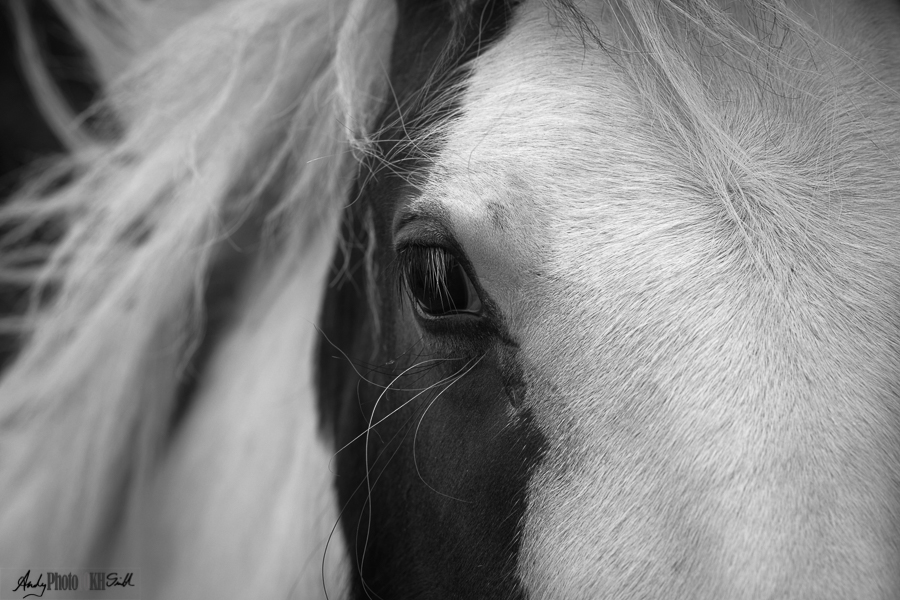
(1½h) Karl Taylor live show “Creative Portrait Lighting 2.0”:
- create an evenly illuminated coloured background with two V-flats, one on either side, lit by bare bulb studio flashes, and the whole thing boxed in to produce the most even light on the background possible
- the above will still project some light going forward as the flashes, forward of the back of the 2 V-flats, will emit some light through the aperture, with a hard shadow from the edge of the boards
- if the model stands in the shadow of both V-flats, they will be in almost perfect silhouette
- the model partially illuminated by one, or both, of the flashes, will produce a dramatic rim lighting
- control the global lighting by either adding it with an additional flash all the way round a the studio; or subtracting it by boxing in the model
- interesting effects of concentrated lights just on the face of the model; slits, gels, etc.
(1½h) processing the gypsy horse images to a standard style of 0.8 vignette and the middle pushed to the maximum. Scars on horses removed with the Capture One healing brush, which works wonderfully.
5th July
Hours 5,398 to 5,403
(½h) updating this journal and all the social media stuff associated with recently process images.
(1h) Working on a new woodland aesthetic – just “playing with Capture One”.
(½h) YouTube, Sean Tucker reading: “Chapter One – The Meaning in the Making”
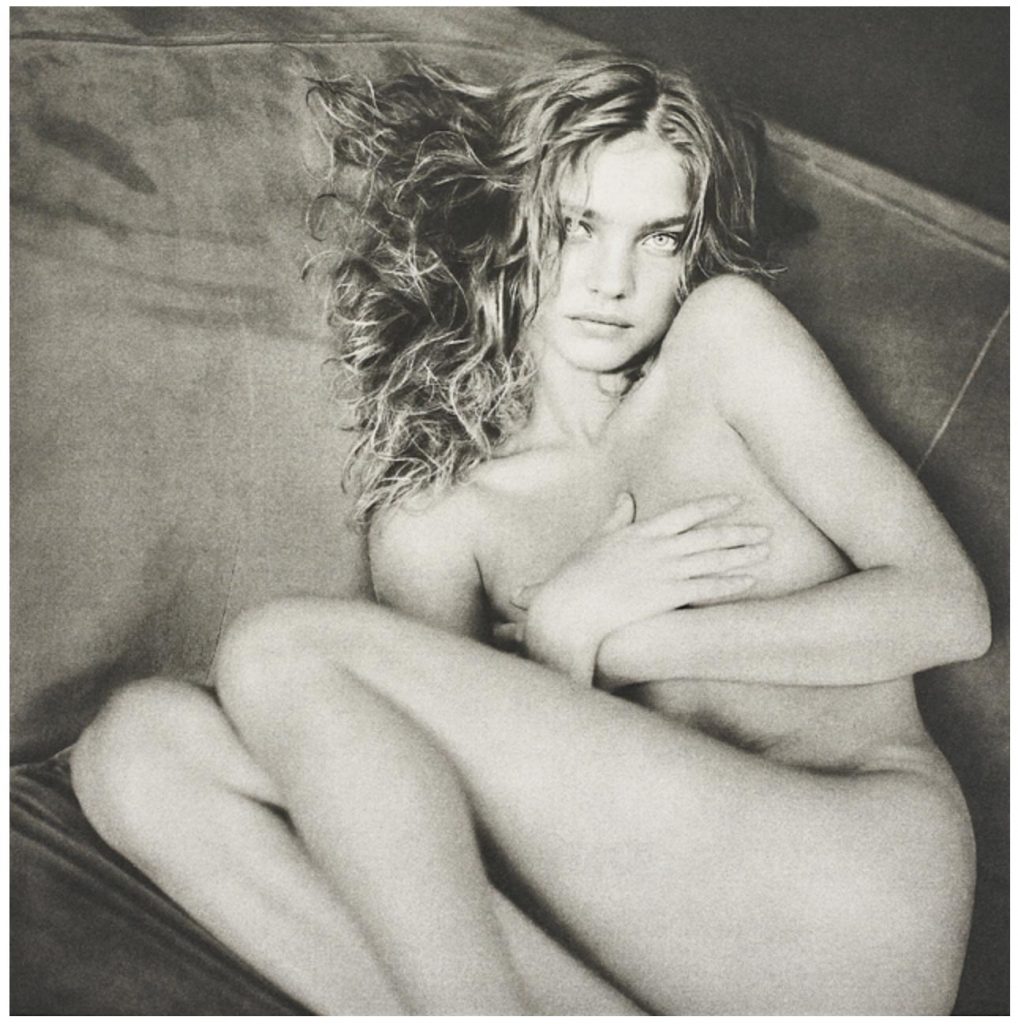
(1h) Sotheby’s “Soul of a Woman – A Journey through Art and Fashion”
- Photographer: Paolo Roversi
- Model & muse: Natalia Vodianova (Insta: @Natasupernova)
- Author: Laure Adler
(1h) Capture One Livestream: “Improve your Mask Creation“
- Auto Mask, is OK but using Refine Mask, gives a better result
- check mask using Greyscale, <Option>M
- perfect solution is Luma range on top of another range such as a linear gradient
- Adjust radius to show a softening of the edge
- Sensitivity changes the softening from:
- “feather” at 0
to - “refine” at 100
- amount of effect depends on the radius.
- “feather” at 0
(½h) shooting close-ups of the illegally grazing gypsy ponies in Gray’s Field.
(1½h) culling and processing the above images.
4th July
Hours 5,396 to 5,397
(1h) updating my version of Capture One Pro and using the new Style brushes on some of the woodland images where I’m trying to create an Abstract Expressionist aesthetic.
(1h) creating the following mono images for this week’s meeting:
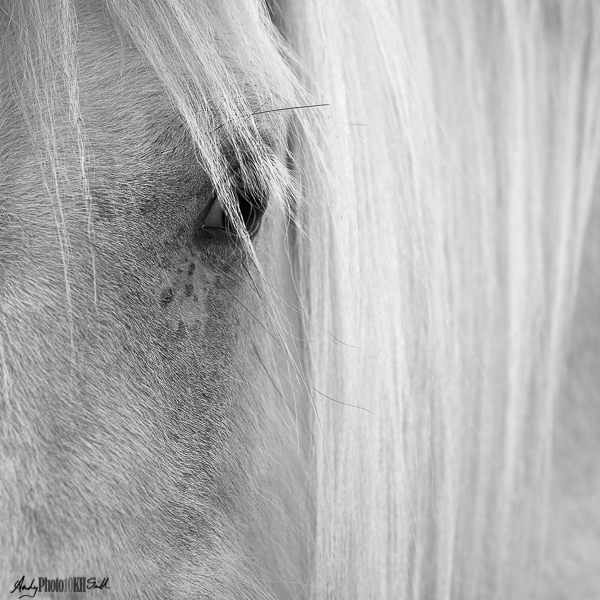

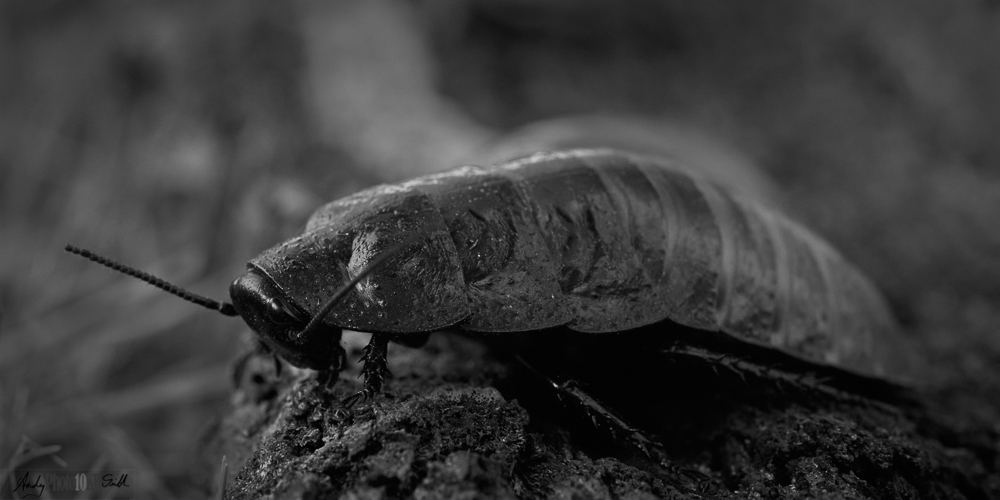
3rd July
Hour 5,395
(1h) processing some of the images from last week including the following from the Banksy exhibition.
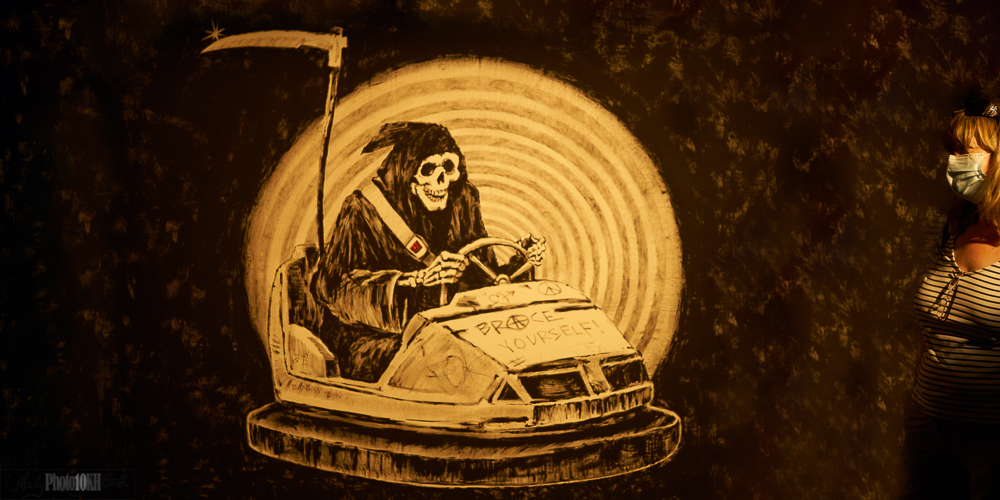
Idea: doing a panel based on Hockney’s still lifes.
2nd July
Hours 5,393 to 5,394
Working on a new aesthetic for my woodland photography – naturally drawn to the Abstract Expressionists.
(½h) experimenting in Capture One Pro
(1½h) YouTube:
- Sotheby’s “How Jackson Pollock Changed Painting Forever“
- The Museum of Modern Art: “How to Paint Like Jackson Pollock“
- Biographics: “Jackson Pollock – Decoding the Art of the Action Painter“
- “Robert Motherwell | Abstract Expressionism | New York School“.
Observations:
- Pollock was also a colourist
- For action paintings, one has to imagine the paint in the air in 3 dimensions
1st July
Hours 5,391 to 5,392
(1h) updating this journal, including all the new month admin.
(1h) YouTube, B&H Event: “Level up Your AstroPhotography“
- Wispy clouds are not always a disaster
- Milkyway only visible in the Northern Hemisphere April-September
- Useful App:
- Windy.com
- Dark Site Finder
- Photo PILS.